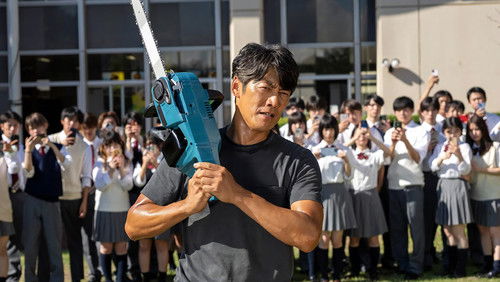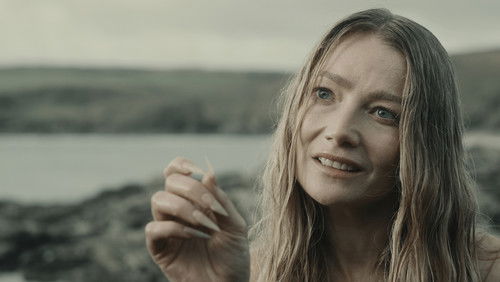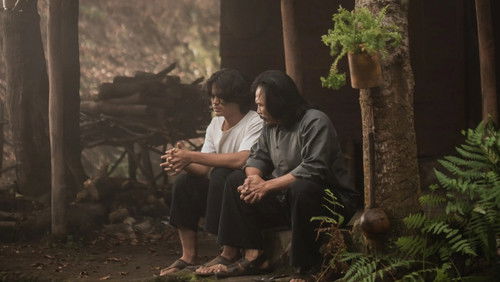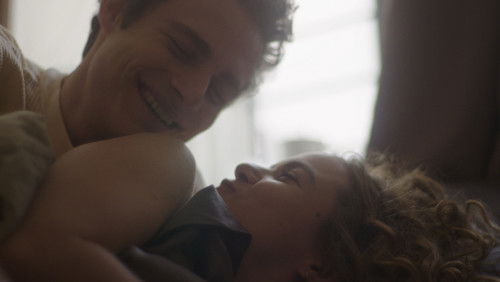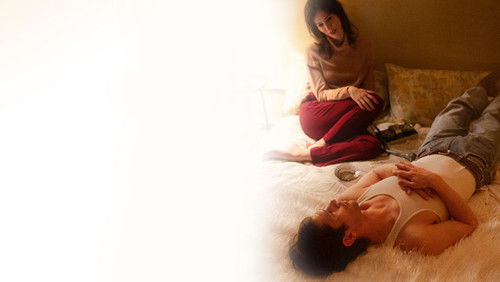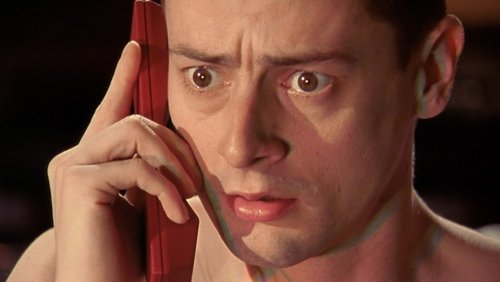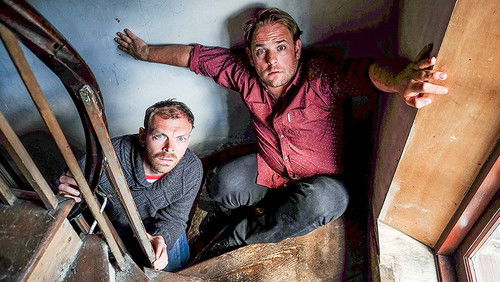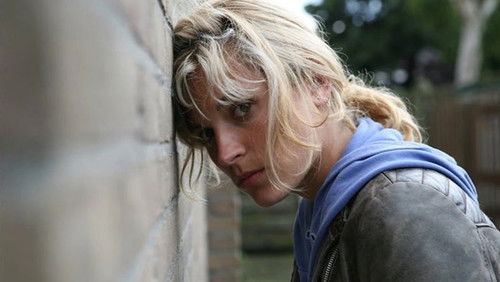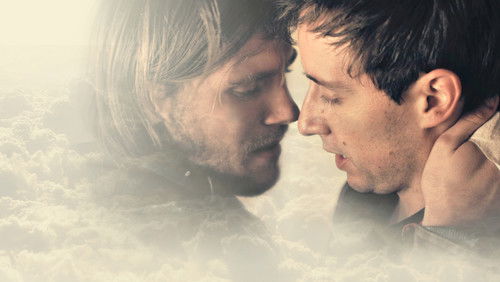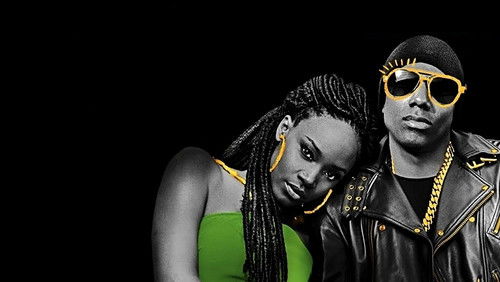The Knife That Killed Me (2014)
53KThe Knife That Killed Me: Directed by Kit Monkman, Marcus Romer. With Jack McMullen, Reece Dinsdale, Jamie Shelton, Oliver Lee. A journey through the memories of teenager Paul Varderman as he reflects on the events leading to the fatal moment his life is cut short. Paul moves to a new school and becomes involved with ‘The Freaks’, a group on the periphery of school life, those who don’t fit in: scene kids, emo kids, indie kids. Outsiders. At the same time he attracts the attention of the schools twisted and manipulative bully, Roth. When Paul delivers a message from Roth to the leader of a gang at a rival school, it sparks a dangerous feud. Faced with growing pressures from both groups, Paul must decide where his friendship lies, a decision that may cost him his life.
“I have not read the book on which this film is based, nor was I really aware of the content of either works but it sounded interesting as a project and as such I watched it when the opportunity arose. The base plot will be familiar as a man and his teenage son move to Leeds to live with the manu0026#39;s father. The teenager (Paul) finds himself struggling to fit into a new school, with negative attention from the bullies (led by Roth), and the other social group seeming to be accepting of him being Shane and the loosely grouped freaks that donu0026#39;t fall into any other group. Paul is forced to do a task for Roth, drawing him into their circle and setting him at odds with a rival gang; while the freaks offer a chance for acceptance and friendship, the power offered by Roth to vent anger, pain and frustration is also a draw.u003cbr/u003eu003cbr/u003eEssentially it is a high-school set tale of fitting in and struggling to navigate the cliques and social groups therein, so at a certain level it will be familiar to viewers either from their own lives or from other films. The nature of the story is dark though, particularly as we open the film with Paul talking of his own death (the knife of the title). This darkness is presented as a battle for Paulu0026#39;s soul rather than just social grouping; indeed it is spelt out for us by the narration as such. This takes on a quite religious theme and this aspect is perhaps not very successful as I think it both floated in the background but was also overly pushed (particularly in the presentation of Shane, who is mild, meek and so Christlike that it does rather rob him of any other character). The story unfolds with a grim inevitability, with a realistic sense of place – both in terms of the dark Northern skies, and the social reality of a rather rundown school; while the narrative does go the way you expect, it is the manner in which it does it that engages.u003cbr/u003eu003cbr/u003eThe film appears to have been filmed entirely against a greenscreen. This allows the film to have lots of animated detail filled in around the basic props used in the scene. The film is understated with this though, so it is never excessively done but rather in support of the narrative and is a key part of the atmosphere being well created. Being honest, in the promotional stills I saw before watching the film, it did have the look of a gimmick or of something trying too hard to be arty, but actually it does work very well as it is well judged, creating place but adding to it in a sparse but visually engaging manner. The slight downside of this approach is that the cast at times do feel very static – very much clearly on their mark in a small greenscreen area. Mostly this doesnu0026#39;t make too much of a negative impact (only when people are walking on the spot but trying to make it look like they are moving forward – never looks natural), but mostly the impact is one I liked – which was it made them perform as if they were on a stage with limits rather than in front of a moving camera. Usually I do not like films that feel like filmed theatre, but here it is a feeling I liked because it being filmed added a lot to it.u003cbr/u003eu003cbr/u003eOutside of the challenges of the set, the cast do well. McMullen is very good; although he has extremes to go to, he does convince as a student feeling social isolation and pressure – so mostly his actions and decisions play out in a way that feels real. Sheltonu0026#39;s Roth is well played too – appealing and dangerous at the same time, with the two actors playing his lackies being suitably weak-willing but aggressive. Goddard is okay but a bit lacking in the material given to the other main roles, and doesnu0026#39;t make a great impact as a result. Lee is the other main player, but he is left with a weak Jesus figure who doesnu0026#39;t really fit in and is pushed too much to the religious symbolism aspect (that doesnu0026#39;t work) at the expense of having more to do with his character. Older adult performances from Dinsdale, Dunn and others are solidly good.u003cbr/u003eu003cbr/u003eOverall, it is a dark film with little cheer, but it plays out surprisingly well. The animated aspects add rather than detract or distract, helping produce an oppressive tone to the drama which the cast play well into. At times a bit stagey (not a bad thing), the film only really struggles with some aspects of the subtext (religion) and some of the weaker characteru0026#39;s motivations, but at its core it is atmospheric and engagingly delivered.”
